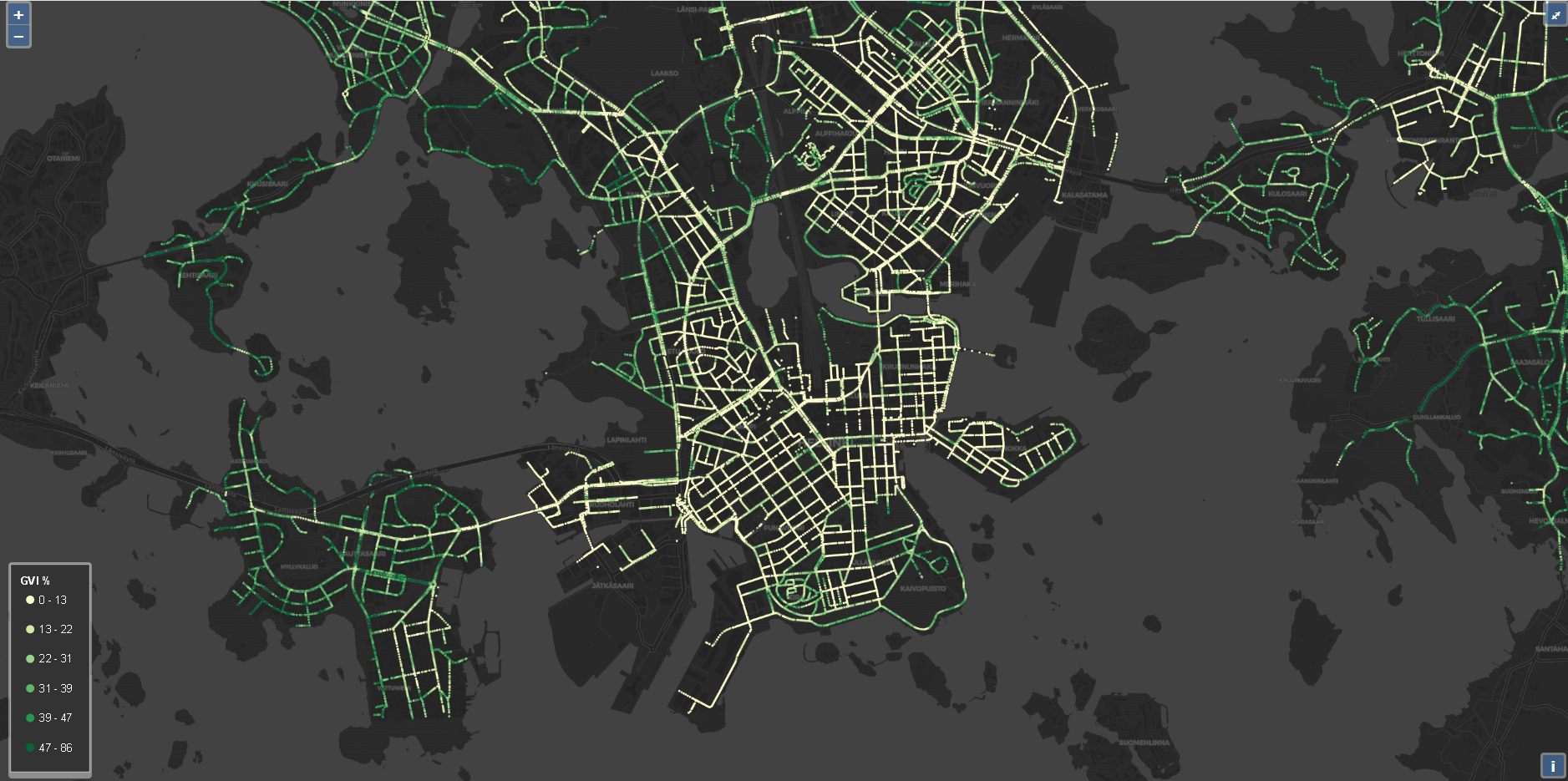User-generated Geographic Information for Understanding Human Activities in Nature
Lectio Praecursoria, in the public examination of MSc Vuokko Heikinheimo’s doctoral dissertation
the 9th of December 2020
Nature contributes to human well-being in countless ways. Many of us enjoy spending time in nature, going for a walk or a picnic and observing species and seasons. Nature-based tourism and outdoor recreation are evident examples of direct benefits of nature to people.
National parks are protected areas that are dedicated to safeguarding biodiversity and providing people the opportunity to enjoy nature.
Urban green spaces include the network of parks, forests and other green areas in the urban structure. Green spaces in cities offer opportunities for contact to nature in our everyday lives while protecting urban biodiversity.
We are also willing to travel far in order to experience and enjoy nature. In many places, visitors of protected areas – both domestic and international – are a significant source of income for park management and local communities. Information about protected area visitors is important for planning and management on regional, national and international scales.
The ongoing pandemic has emphasized the importance of access to green spaces in everyday life.



